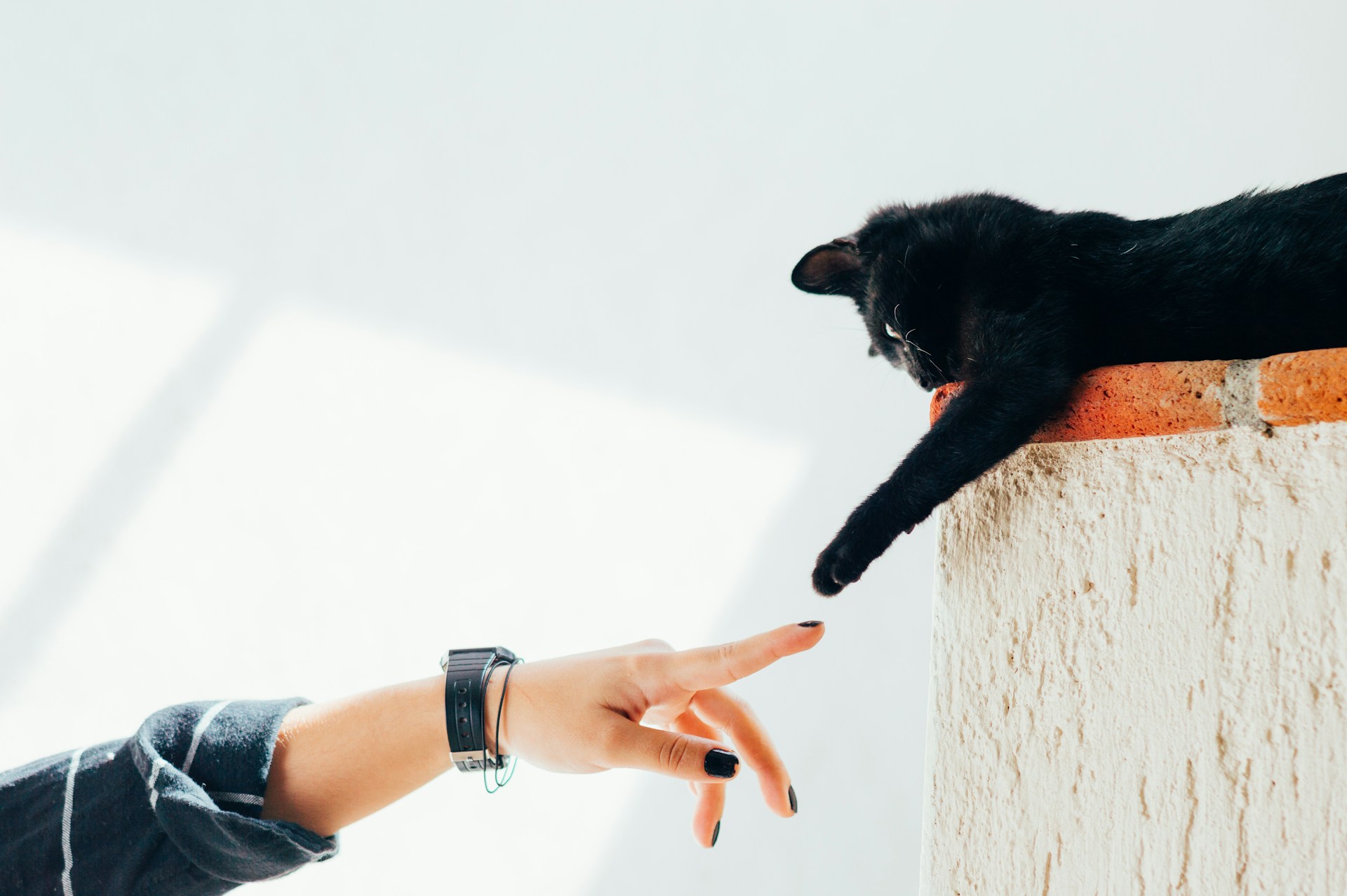How to Make DIY Cat Paw Balm (Easy, Safe, and Budget-Friendly)
Cats may rule the house with an iron paw, but those same paws are surprisingly delicate. Whether your kitty spends time outdoors or is strictly an indoor couch potato, their paw pads can get dry, cracked, or irritated. Cold winters, hot summers, and even everyday household surfaces can take a toll.
Here’s the good news: you can whip up a DIY paw balm at home using a handful of safe, natural ingredients. It’s simple, affordable, and best of all—totally safe if your cat decides to lick it off (because you know they will).
Let’s dig into why paw balm helps, what you’ll need, and exactly how to make it.
Why Cats Need Paw Balm in the First Place
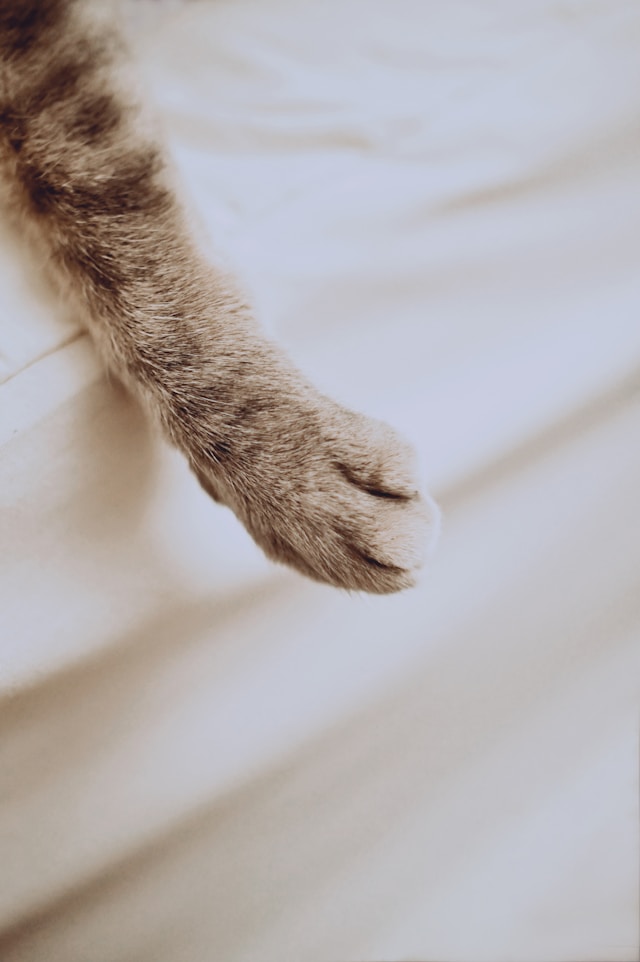
You might be thinking, “Do cats even need paw balm? They seem fine.” And sure, cats are resilient, but their paws do more than just look cute.
Reasons your cat’s paws might need extra TLC:
- Weather changes: Cold air and dry heat in winter cause cracked pads. Hot pavement or rough outdoor surfaces in summer can burn or irritate them.
- Indoor irritants: Carpet cleaners, floor sprays, and even salt tracked in from outside can dry out paws.
- Aging: Older cats often have drier skin in general, including paw pads.
- Playtime wear and tear: Cats that climb, scratch, or explore a lot may wear their paw pads faster.
Healthy paw pads should be smooth, supple, and free of cracks. If they look rough, flaky, or sore, it’s time to step in.
The Benefits of DIY Paw Balm
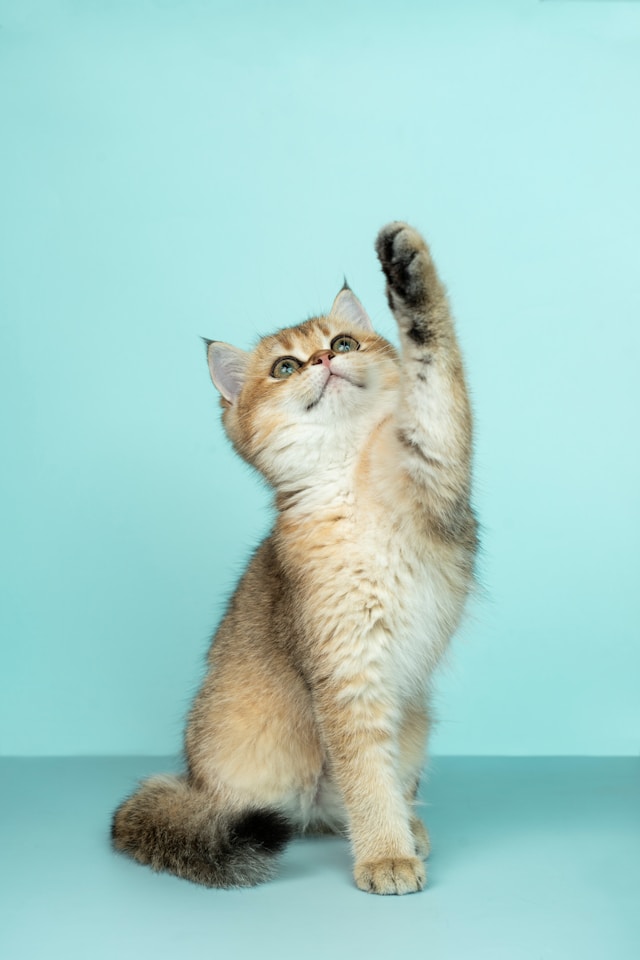
Why bother making your own when you can buy paw balm? A couple of good reasons:
- Control over ingredients: Store-bought balms sometimes contain fragrances, chemicals, or essential oils that aren’t cat-safe.
- Cost savings: Homemade balm costs pennies compared to fancy pet-store brands.
- Small-batch freshness: You can make just enough to last a few months, no preservatives needed.
- Bonding: Applying paw balm can be a calming ritual with your cat (okay, sometimes they squirm, but still).
Plus, it’s weirdly satisfying to say your cat has their own homemade paw cream.
Cat-Safe DIY Paw Balm Recipe
Here’s a simple, safe recipe you can make in under 30 minutes.
Ingredients
- 2 tbsp coconut oil – Moisturizing, antibacterial, and safe if licked.
- 2 tbsp shea butter – Deep hydration, perfect for cracked pads.
- 1 tbsp olive oil – Keeps the texture smooth and nourishing.
- 2 tbsp beeswax – Creates a protective barrier to lock in moisture.
- Optional: 1 capsule Vitamin E oil – Extra healing and skin protection.
Equipment
- Small saucepan or double boiler
- Heat-safe bowl or jar
- Whisk or spoon
- Small tins, lip balm tubes, or jars with lids
Step-by-Step Instructions
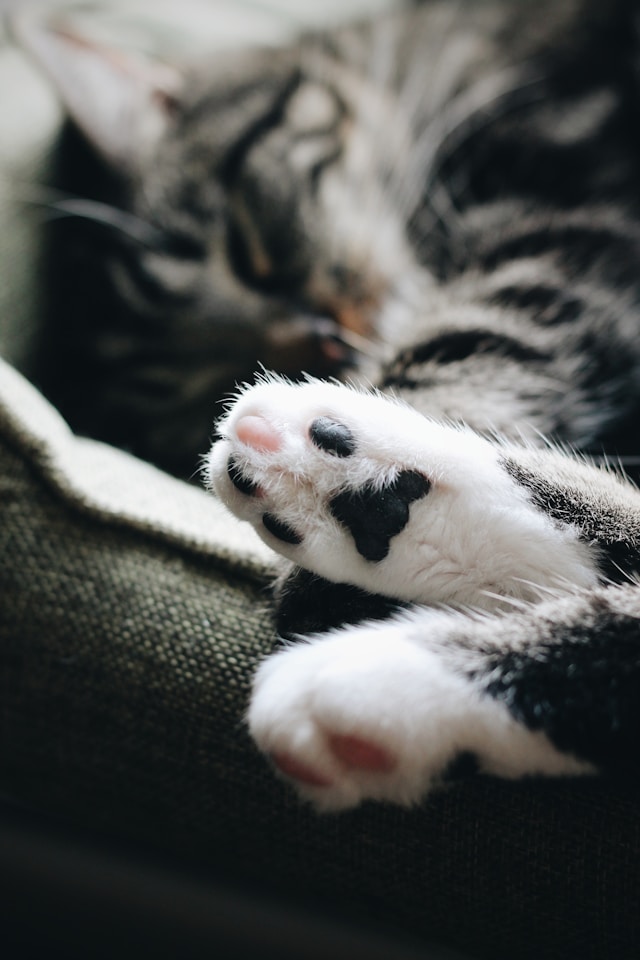
Step 1: Melt the Ingredients
Combine the coconut oil, shea butter, olive oil, and beeswax in a heat-safe bowl. Place it over a saucepan with simmering water (aka double boiler method). Stir until everything is melted and combined.
👉 Why not microwave? Because microwaves heat unevenly, which can burn delicate oils and ruin your balm.
Step 2: Add Vitamin E (Optional)
Remove from heat and let cool slightly. If using Vitamin E, pierce a capsule and squeeze it in. Stir well.
Step 3: Pour Into Containers
Carefully pour the liquid into tins, small jars, or even cleaned-out lip balm tubes. Let them cool at room temperature until solid.
Step 4: Store and Use
Keep the balm in a cool, dry place. It should last 2–3 months. If you live somewhere hot, store it in the fridge to prevent melting.
How to Apply Paw Balm Without Losing Fingers
Okay, let’s be real: most cats aren’t going to sit quietly while you massage their paws. Here’s how to make it easier:
- Warm a pea-sized amount between your fingers before applying.
- Gently rub it into each paw pad.
- Distract your cat with a treat or toy while applying.
- Don’t stress if they lick some off—it’s safe.
👉 Pro hack: Apply the balm before nap time, so they’re too sleepy to care.
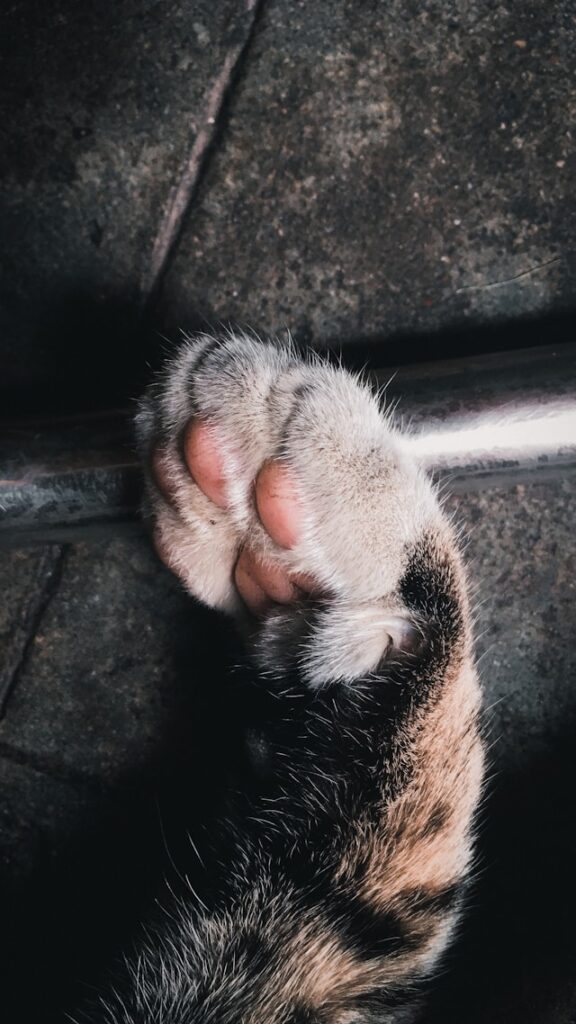
When and How Often to Use Paw Balm
- Winter: 2–3 times a week to prevent dryness from cold air and heating.
- Summer: Apply before outdoor time to protect against hot surfaces.
- Indoor cats: Once a week is usually enough unless you notice dryness.
- After injury/irritation: Daily until healed (but always check with a vet if it looks serious).
Extra Tips for Paw Health
Paw balm is great, but it’s only part of the picture. Here are a few bonus paw-care tips:
- Check paws regularly for cuts, splinters, or lodged debris.
- Trim nails every few weeks to prevent painful overgrowth.
- Wipe paws after coming in from outside (especially in winter with salt or chemicals).
- Provide scratching posts so cats can keep their claws and paw pads naturally conditioned.
FAQs About Cat Paw Balm
Q: Can I use essential oils in my cat’s paw balm?
A: Nope. Many essential oils (like tea tree, lavender, peppermint) are toxic to cats. Stick with the basic recipe.
Q: What if my cat licks off the balm?
A: Totally fine—it’s safe. Just means you may need to reapply more often.
Q: Can dogs use this balm too?
A: Yes! It’s safe for both cats and dogs.
Q: How do I know if my cat’s paws need balm?
A: Look for rough texture, cracks, or flakes. If paws look sore, swollen, or bleeding, call your vet.
Final Thoughts
Making DIY cat paw balm is a simple, affordable way to pamper your cat and keep their paws in top shape. It takes less than half an hour, costs very little, and avoids the chemicals and perfumes in store-bought versions.
Quick recap:
- Cats’ paws dry out from weather, age, or irritants.
- DIY paw balm is cheap, safe, and effective.
- Coconut oil, shea butter, olive oil, and beeswax are your magic combo.
- Apply regularly, especially in winter or after outdoor adventures.
- Don’t panic if they lick it—it’s cat-safe.
Your cat might act like they don’t care, but healthy paws make a big difference. And hey, there’s something oddly satisfying about saying, “Excuse me, I have to moisturize my cat’s paws now.”
Printable Recipe Card
Want just the essential recipe details without scrolling through the article? Get our printable recipe card with just the ingredients and instructions.

I’ve spent 10+ years in dog training, digging into what makes dogs (and their humans) tick. At Smart Dog Learning, I share my no-nonsense, fun approach to training so you can enjoy life with a well-behaved, happy pup—no boring lectures, just practical results 😉

